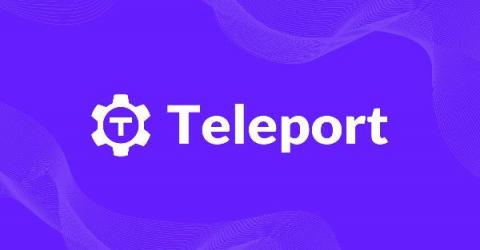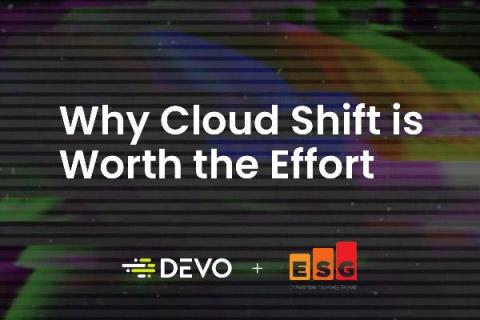Snyk at RSAC 2021 - ML in SAST: Distraction or Disruption
Machine learning is a loaded term. While machine learning offers amazing potential for advancing technologies, it often gets used as a marketing buzzword describing glorified pattern recognition. So it becomes increasingly difficult to know if the application of machine learning to existing technology is going to break new ground or sell more licenses. That’s the problem that Frank Fischer, Product Marketing for Snyk Code, explores in his RSAC 2021 talk ML in SAST: Disruption or Distraction.











